If you want to buy the best microphone or just the best budget microphone, you need to know what to look for. Simply watching YouTube reviews of mic’s will not give you the information you need to select the mic that fits your needs.
In this article and video we explain, in simple terms, what a microphone is and what each of the major specifications mean:
1 – 16Bit vs 24Bit Sampling Rate Explained
The most important feature to look for in a microphone is the sampling rate. A 16 bit microphone may work and will often be very cheap but it sounds like garbage compared to most 24 bit microphones.
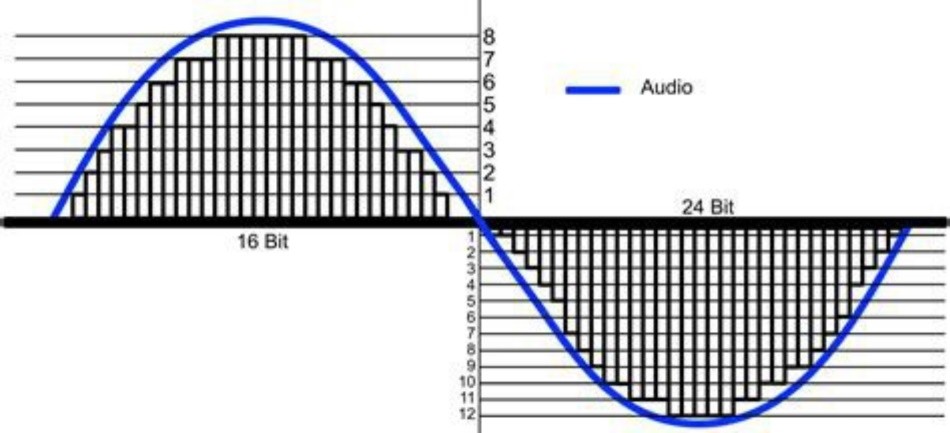
2 – What Does a Microphone Frequency Response Mean?
A microphones frequency response is simply how much of the audio spectrum can it convert into electrical signals. In other words can it collect the very high and very low notes.
3 – USB vs 3.5mm vs Din Connectors?
Microphone quality is not directly related to its connector. USB and 3.5mm (head phone jack) or DIN connectors are all fine even though DIN connectors are prone to damage.
Mini-DIN is an abomination and a disaster in practice when used frequently and by people not committed to keeping the connector intact. Relatively the original USB connectors were mechanically works of relative genius. DE9 is not too bad but physically far too large and already the host to substantial interconnect confusion. Mini USB was an interim step with a major failing that the sockets and not the cables were the weak points.
StackExchange
USB microphones, as transducers, work the same as any other mic by converting sound (mechanical wave energy) into audio (electrical energy). Analog audio signals are then amplified and converted into digital signals within the USB mic’s built-in audio interface and outputted via a USB connection.
MyNewMicrophone.com
4 – What’s The Difference Between a Condenser vs Broadcast Mic?
The difference between a Condenser microphone and a Broadcast (aka Dynamic) microphone is the type of materials used to convert the sound wave to a digital electric signal.
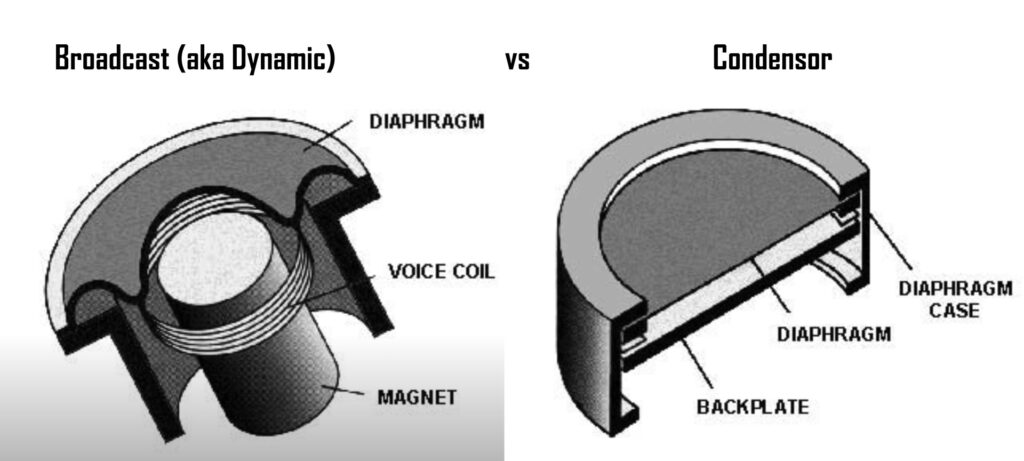
5 – What Is A Cardioid Pattern?
Microphones can collect sound from various directions. A Cardioid mic collects sound primarily from what is directly in front of it. This contrasts with an omnidirectional mic that collects sound from all around it or a figure 8 mic that collect sound waves from the front and back but not the sides of the mic.
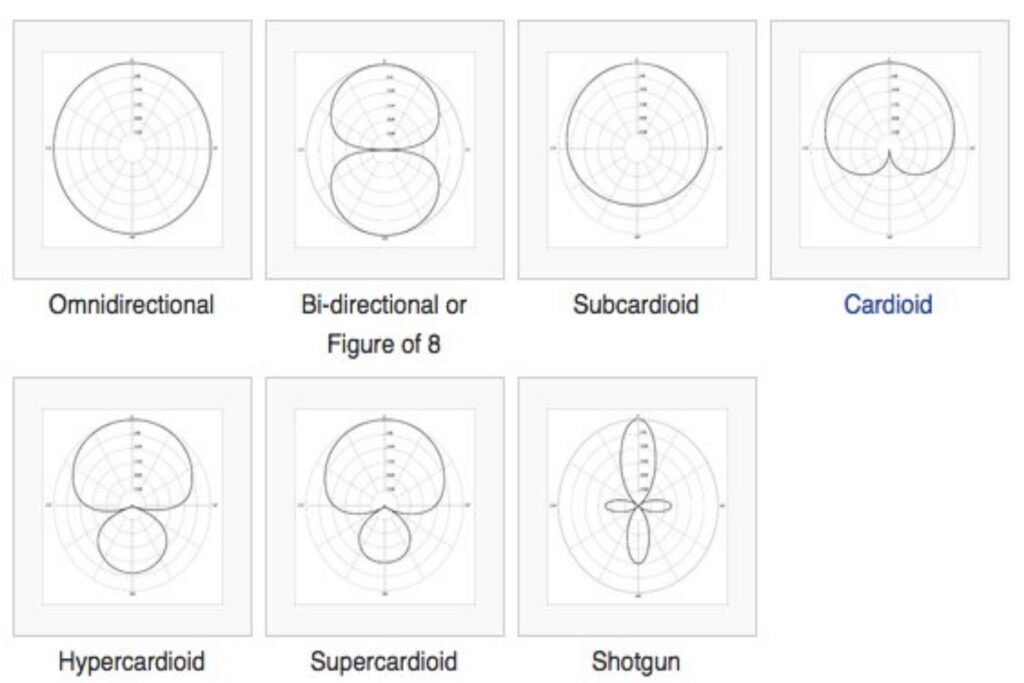
6 – What To Look For In A Mic Mount like a Tripod?
When buying a mic you will want to ensure it comes with the mount type you are needing or has the connectivity to be mounted on the device you want. Tripod mounts for mics, should have rubber feet to absorb vibrations coming through the surface it is on.
7 – What is a Pop Filter vs Wind Screen vs Sock vs shield?
A pop filter or wind screen is simple a foam or metal cover intended to filter out errant sounds like sharp noises or the wind.

9 – Microphone Controls, Connection and Monitors
Most mic’s have some controls on them like a Gain (aka volume) dial, or mute button and some have monitor connections. Such a connection can be used to all the person using the mic to hear their own voice and determine if they are loud enough, clear enough and have the correct tone.
10 – Other Feature to look for in a Mic
There are many things to look for in a mic beyond the core specs like LED lights, and brand reputation.
Personally, we avoid gimmicks like LED lights especially when they cannot be turned off as in the case of the Maono PM461T RGB
You may want to confirm if the mic is capable of working on other devices, like your cell phone, PlayStation or XBox.
Something to consider is that terms like Podcast Mic, Gaming Mic, Voice Over Mic, Streaming Mic, Zoom Mic, Teams Mic and YouTube Mic tell you almost nothing about the product. They tell you what market the manufacture is trying to sell into.
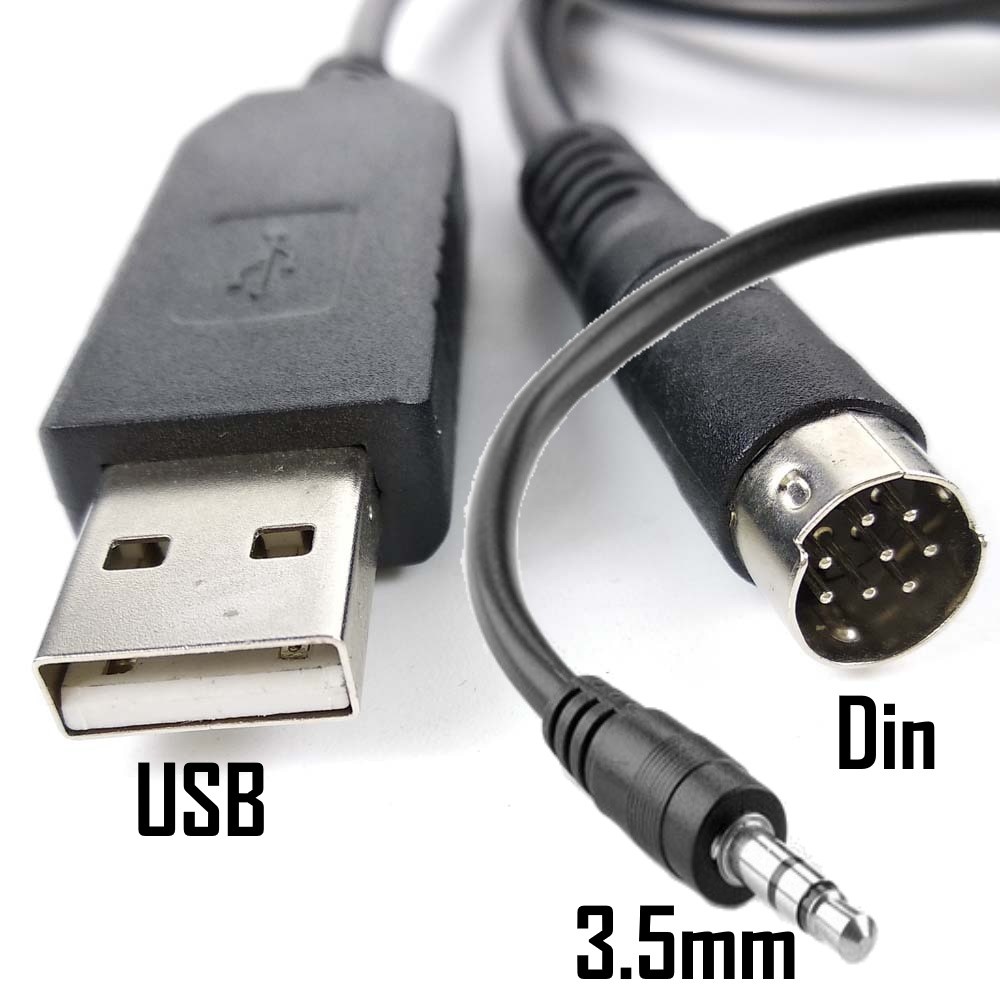


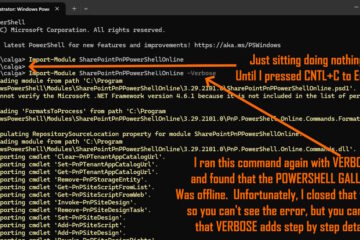
0 Comments